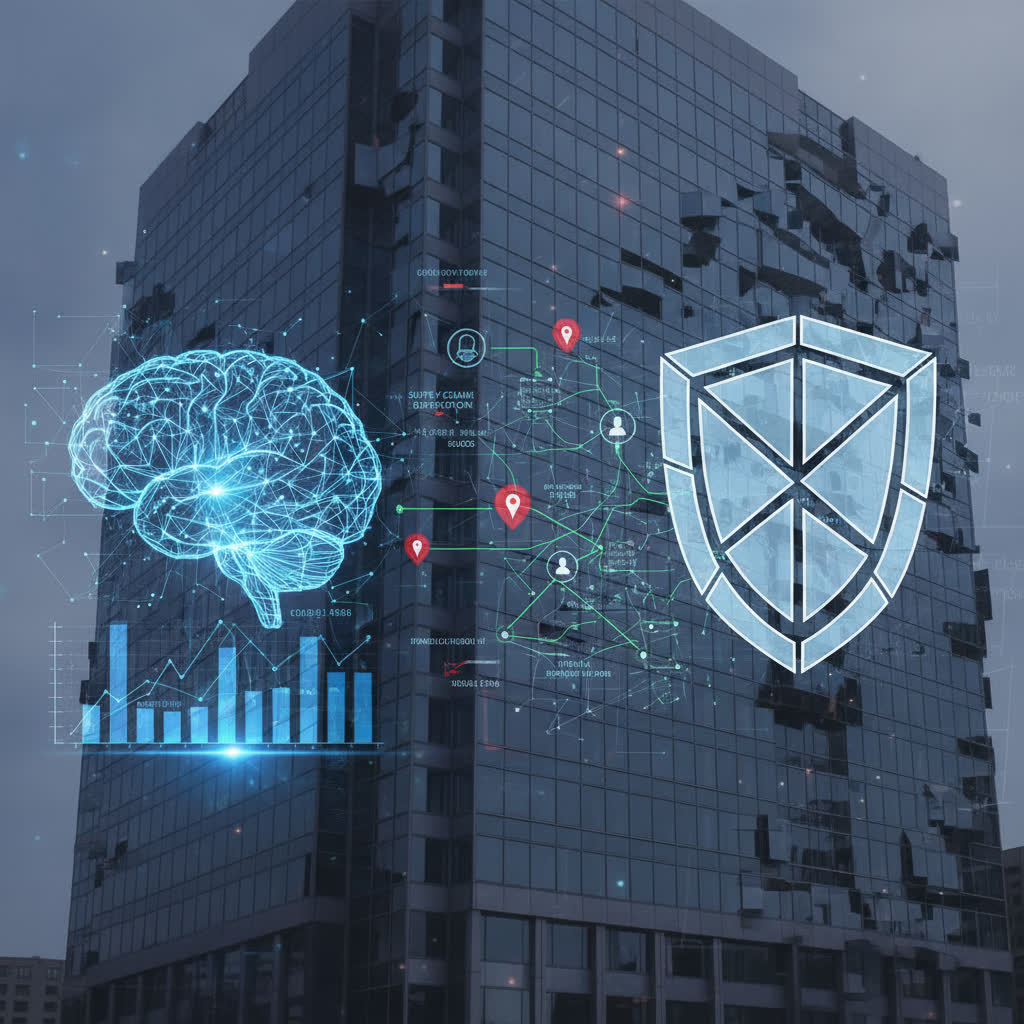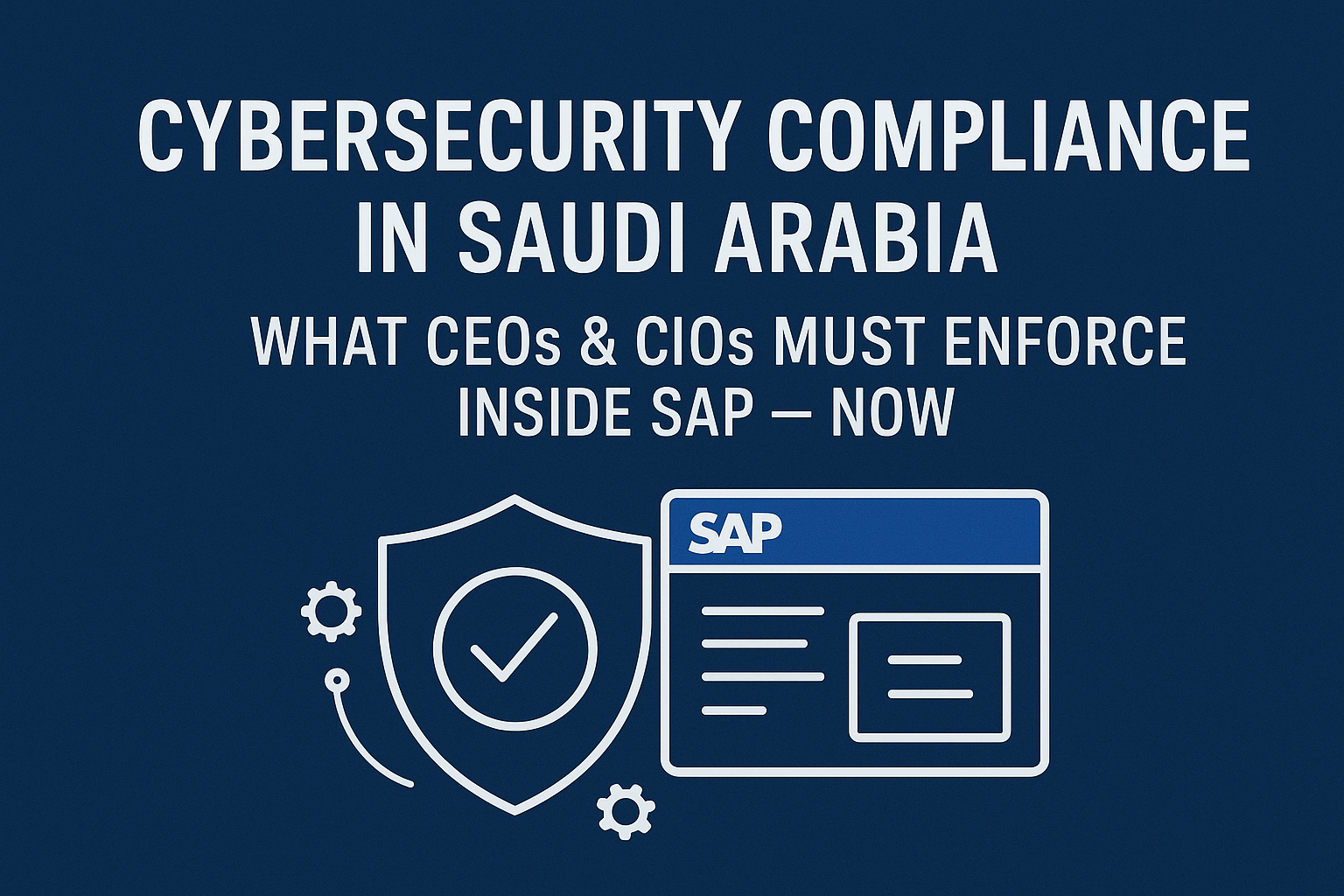Artificial intelligence has become a powerful force in the business world and is starting to shape how organizations handle risk. Its ability to process massive amounts of information, learn from data and make recommendations means more efficient risk management is now possible for businesses of all sizes. As technology continues to develop, business leaders, managers and everyday employees need to understand how artificial intelligence can help protect their organizations from threats, ensure compliance and improve decision-making.
The Fundamentals of Enterprise Risk Management and Its Challenges
Enterprise risk management, or ERM, refers to the practices and systems businesses use to identify, assess and address potential threats. These threats span a wide range of sources, including financial fraud, cybersecurity breaches, operational disruptions, legal liabilities or compliance failures. Modern organizations must juggle many forms of risk simultaneously, often across multiple departments and geographies, which creates a complex landscape to manage.
Traditional methods for risk management often depend on manual controls, checklist reviews and the judgment of experienced professionals. However, these approaches can fall short as organizations grow in scale or complexity. Manual processes sometimes leave room for errors, duplicate work or missed threats, and they might struggle to keep up with rapidly changing risks. Companies also find it increasingly difficult to manage the volume and complexity of regulatory requirements globally.
Technology brings both new risks and new solutions. Emerging threats such as ransomware, supply chain vulnerabilities and regulatory fines for data mishandling have put more pressure on organizations to rethink how they mitigate risk. Artificial intelligence offers capabilities that were unavailable just a decade ago, promising smarter, faster and more adaptive risk management systems.
How Artificial Intelligence Adds Value to Risk Management
Artificial intelligence is more than just a buzzword in risk management circles. This technology includes machine learning, natural language processing and other smart algorithms that identify patterns, flag anomalies and support informed decisions. Using these tools improves the accuracy of risk assessments and allows for more rapid detection of emerging threats.
AI systems analyze enormous datasets, far more than a human could process in the same time frame. For example, they can monitor financial transactions in real-time, flagging suspicious behavior instantly. In cybersecurity, AI helps spot signs of data breaches or malware even before threats cause any damage. When it comes to regulatory compliance, AI tools can interpret changing laws and assess whether internal processes stay up to date.
This technology also frees up skilled employees. Risk professionals can spend less time on repetitive tasks and more on complex analysis or strategy. Additionally, automation reduces operational costs by streamlining checks, reporting and issue remediation, creating value for the whole organization.
The Building Blocks of AI in Enterprise Risk Management
Several distinct technologies make up artificial intelligence as it relates to risk management. Machine learning is one core component: It means computers use historical information to predict or classify future events. If patterns in previous fraud cases exist, a machine learning tool can spot similar activities next time around, constantly refining its accuracy as more data enters the system.
Natural language processing, or NLP, allows AI systems to read, understand and analyze human language. Organizations use NLP to monitor email communications for signs of internal fraud or to review contracts and identify legal risks. Next comes predictive analytics, which combines statistical modeling and machine learning to forecast potential risks based on data trends and behavior patterns.
Finally, rule-based automation enables organizations to set up proactive controls triggered by specific events. For instance, if certain transactions fall outside standard parameters or workflow approvals go missing, AI can intervene, ensuring timely response to potential risk events. These technologies can work on their own or as part of integrated solutions, providing a layered defense against organizational threats.
Practical Applications across Business Functions
AI influences several risk areas within an organization. In financial risk, real-time monitoring powered by AI helps detect money laundering, identify false invoices and combat insider trading. Banking and insurance industries were among the first to use AI-driven credit scoring and fraud detection, but other sectors now use similar tools for expense claims, procurement and payroll.
Cybersecurity represents another core application. Today’s threats evolve quickly, but AI-driven tools can analyze network traffic and user activity, find deviations from normal patterns and block malicious activity before it stops operations. By scanning emails, web logs and device activity, these systems alert IT teams to phishing attacks, unusual account access and potential malware.
Compliance and audit functions also benefit. AI can review contracts, identify missing clauses or outdated terms, and monitor ongoing transactions for regulatory breaches. In healthcare, for example, AI helps identify violations of patient confidentiality or improper sharing of sensitive information. In manufacturing, AI tracks violations related to worker safety, environmental regulations or quality standards and provides alerts before issues escalate.
Mitigating Supply Chain Risks through AI
Supply chains have become more global and interconnected, making them vulnerable to disruptions. AI-powered systems monitor supplier performance, predict delivery delays and flag risks related to geopolitical changes. When suppliers operate in unstable countries, or when weather threatens transport routes, predictive analytics offer alternative sourcing plans. AI tools also help screen vendors for financial solvency or compliance history, limiting the chance of disruption from partner failures.
Enhancing Operational Continuity and Crisis Preparation
AI enhances an organization’s ability to prepare for crises and unexpected events. Risk models combine data on natural disasters, market fluctuations, operational outages and potential threats, suggesting contingency options in real-time. AI even supports simulations and tabletop exercises by creating digital twins or virtual scenarios, allowing an organization to test how well operations hold up under pressure. Real-time alerts allow teams to respond proactively, preventing small issues from turning into major setbacks.
Improving Decision-Making through Explainable AI
One concern that comes with artificial intelligence is the perception that AI operates as a “black box.” Decision-makers sometimes struggle to understand why a system flagged a certain risk or recommended a specific action. This makes explainable AI, also called XAI, an essential focus in risk management settings.
XAI technologies help clarify the inputs and logic behind AI-driven decisions, providing stakeholders with transparent reasoning. This not only builds trust but also satisfies internal audit and regulatory review requirements. Organizations that can explain their AI processes, whether for fraud detection or compliance monitoring, benefit from higher credibility and reduced liability.
There is growing attention on developing models and algorithms that prioritize interpretability without sacrificing accuracy. By ensuring humans can review and challenge AI-driven recommendations, companies guard against bias or false positives that can emerge from less transparent systems. Encouraging collaboration between risk professionals and AI developers remains a key step to integrating AI responsibly.
The Changing Regulatory Landscape for Artificial Intelligence
As more organizations deploy AI systems, regulators have started to establish new rules and guidance. These guidelines ensure that artificial intelligence supports rather than undermines compliance, fairness or ethical behavior. Some authorities now demand organizations demonstrate how AI models reach their decisions and require ongoing testing to detect and correct unintended bias.
The European Union has led the way with wide-ranging AI regulations, focusing on transparency, accountability and human oversight. In the United States, federal agencies have begun to establish frameworks for responsible AI use, especially in sectors such as finance, healthcare and defense. Emerging guidance covers topics from automated credit scoring to the use of AI in hiring or insurance. Each development raises the stakes for businesses to assess the legal risks associated with new AI systems.
For global organizations, keeping up with an expanding patchwork of regulations presents both challenges and opportunities. Regular audits, explainable models and consistent documentation form essential parts of any organization’s strategy for integrating AI into risk management and compliance processes. Ethical considerations, such as privacy and data protection, must remain top priorities as well.
Key Success Factors for Implementing AI in Risk Management
Implementing artificial intelligence in risk systems is not just a matter of installing new software. It requires careful design, skilled personnel and strict alignment with business objectives and ethical standards. One best practice involves starting with clearly defined goals, such as reducing fraud incidents or accelerating compliance reviews, and mapping these objectives to targeted AI use cases.
Building cross-functional teams that include data scientists, IT security experts, legal specialists and risk managers ensures a balanced approach. Collaboration helps select the right data inputs, assess risk thresholds and refine AI outputs before full-scale deployment. Continuing education and upskilling for employees remain vital, as risk management teams must understand how to oversee, maintain and adapt AI-driven solutions.
Leadership support, strong change management and open communication help smooth the integration process. Regular evaluation of AI systems, including testing for fairness, accuracy and compliance, is necessary to keep pace with changing risks and regulatory conditions.
Overcoming Common Barriers
Despite the clear benefits, organizations sometimes encounter obstacles when adopting artificial intelligence for risk management. These challenges include data quality issues, legacy systems, limited budgets or resistance to new technology. Overcoming these challenges starts with clear ownership and accountability, as well as committed executive sponsorship.
Organizations benefit by investing in robust data infrastructure, choosing flexible AI tools that integrate with existing IT landscapes and keeping stakeholders informed throughout the adoption process. Addressing privacy and ethical considerations early, especially in sectors handling sensitive personal data, avoids setbacks and ensures long-term success.
Exploring the Future of AI-Driven Risk Management
Looking ahead, artificial intelligence is poised to bring even more advanced capabilities to enterprise risk management. Technologies such as reinforcement learning and federated learning allow organizations to adapt models quickly, learning from new risks without exposing sensitive data. These developments support decentralized organizations that need to manage risk across different locations and business units.
AI-powered risk systems will likely offer predictive, real-time insights customized to each business process. Linking this intelligence to automated controls and workflow management further integrates risk management with day-to-day business operations. As edge computing and the Internet of Things (IOT) mature, AI will draw on even more data sources — including sensors, machines and mobile devices — to deliver rapid, situational risk assessments.
Human-machine collaboration will remain an ongoing theme. Effective risk management depends on clear roles for both automated and human decision-makers, creating a system where technology supports but does not replace expert oversight. Responsible deployment, ongoing education and transparency ensure both safety and business value as technology continues to evolve.
Ethics and Responsible AI in Risk Management
When using artificial intelligence in risk management, organizations must address both the practical and the ethical questions that arise. Risk managers have a responsibility to treat data fairly and protect the privacy of clients, employees or partners. At the same time, AI systems need careful design to avoid automated discrimination, bias or harmful outcomes.
Developers and business leaders have started to center fairness and accountability in the AI design process. Establishing governance committees that review new systems, publishing detailed ethical guidelines and auditing models for unintended bias contribute to responsible AI adoption. External stakeholders, such as investors or regulatory agencies, now expect organizations to show clear policies on how AI systems operate in sensitive areas.
Continuous monitoring and open dialog with affected groups also support ethical risk management. Being transparent about how information is collected, stored and used allows organizations to build trust and avoid reputational risk. Keeping track of emerging standards and best practices, both from international agencies and industry partners, provides a framework for safe and respectful AI integration.
Preparing for Artificial Intelligence-Driven Change in Risk Management
Momentum around artificial intelligence shows no signs of slowing. For organizations that want to harness AI for enterprise risk management, preparation must begin today. Invest in strong data governance systems, prioritize internal training for risk and compliance teams and work to develop flexible, explainable and ethical AI models. Seek out collaborative partnerships with experts in IT, legal and regulatory affairs to guide successful implementation.
Regularly reviewing and updating risk management policies ensures your organization can adapt to new threats, regulations or market changes. Encourage a culture of experimentation while keeping ethical boundaries at the fore, making space for both innovation and responsibility. As technology creates new possibilities, it’s essential to balance progress with safety, transparency and fairness at every level of the organization.





